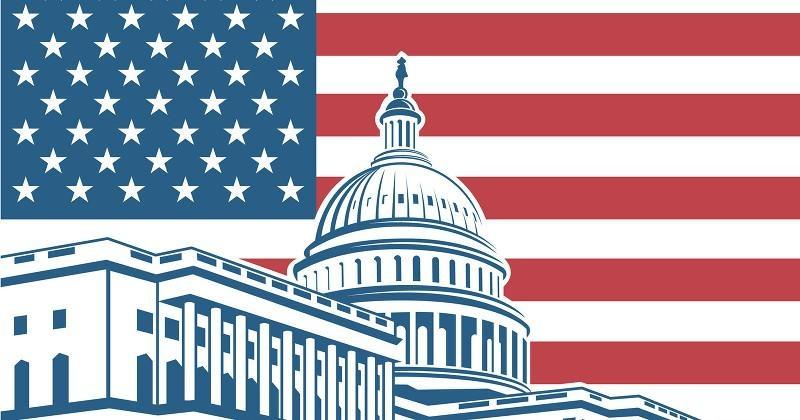
Less than 12 hours after Flight 175 crashed into the South Tower of the World Trade Center on Sept. 11, 2001, close to 150 members of Congress, Republicans and Democrats, stood together on the steps of the U.S. Capitol to sing “God Bless America.” Unfortunately, that act of bipartisanship won’t ever happen again. At least not anytime soon.
“One thing that happens here in this place,” Speaker J. Dennis Hastert said that evening, “is that when Americans [suffer], and people perpetrate acts against this country, we as a Congress and as a government stand united, and we stand together.” Hastert was flanked by fellow GOP leaders Trent Lott and Dick Armey as well as Democratic leaders Richard Gephardt, Tom Daschle and Harry Reid as members rigorously applauded his sentiment.
Within hours of 13 American servicemembers being killed in a terrorist attack outside Kabul airport in Afghanistan on Aug. 26, multiple Republicans called for President Joe Biden to resign. That wasn’t terribly surprising considering former President Donald Trump, his son and others were calling on Biden to resign before the deadly attack.
But the broader point remains: The idea of a “rally ’round the flag” effect is functionally over for the undetermined future.
A Brief History
The rally ’round the flag effect, defined by Ohio State University political scientist John Mueller in the 1970s, is effectively a short-term period of popularity for the government and politicians (and often specifically the president) in the face of international war or crisis.
The best, most recent example is probably President George W. Bush, whose job approval rating soared from near 51 percent in early September 2001 to 90 percent in the weeks after 9/11, according to...

